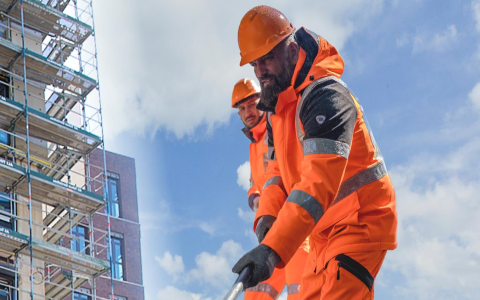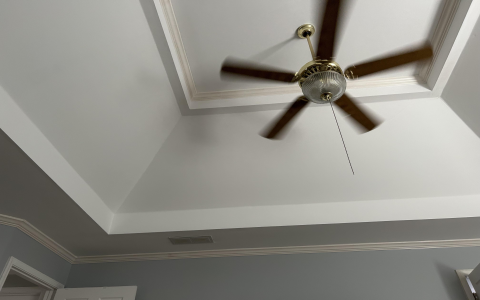Cooling Gear for Construction Workers: An Essential Investment
The sun beats down mercilessly on the construction site, and the workers toil under its harsh gaze, their sweat intermingling with dust and concrete. In such oppressive conditions, one thing becomes abundantly clear: cooling gear is not just a luxury, it’s a necessity. To safeguard the health and productivity of construction workers exposed to extreme temperatures, employers must invest in appropriate cooling equipment. This article delves into why cooling gear is vital, how it works, and what options are available to ensure the workforce remains safe and efficient.
The Importance of Cooling Gear
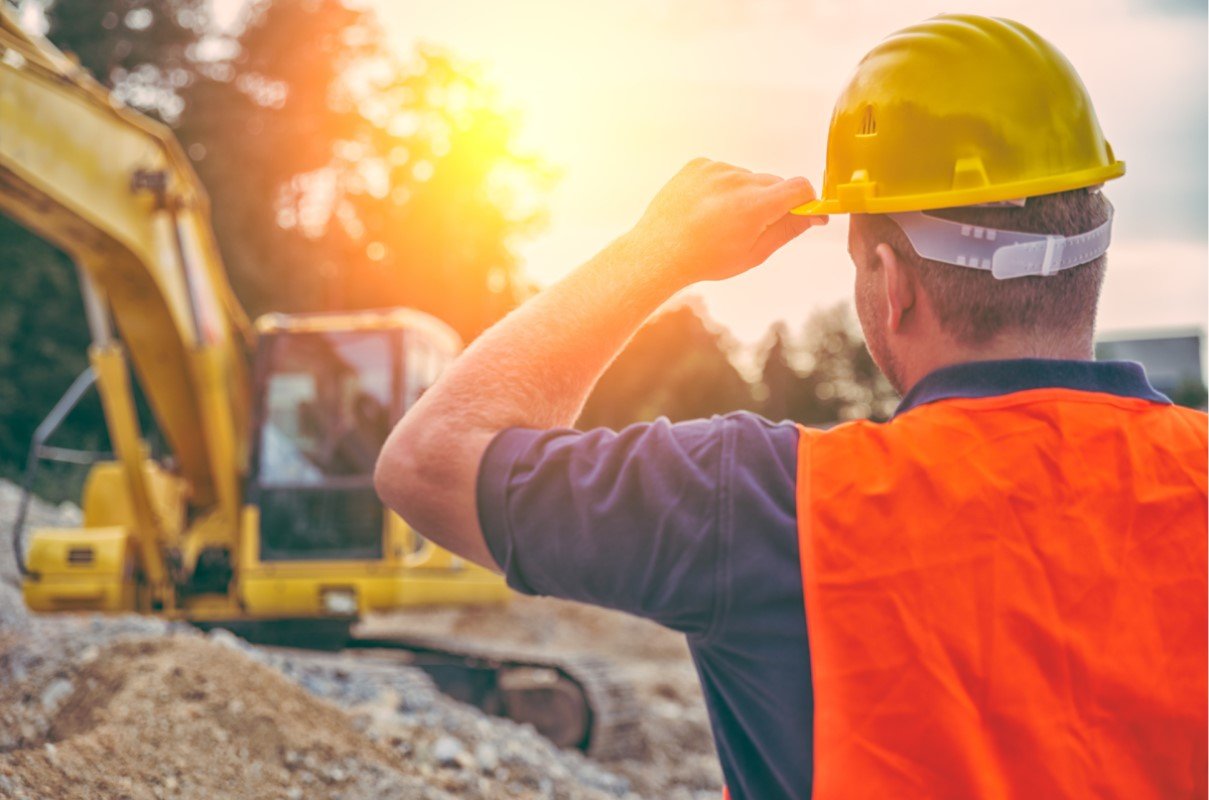
Construction workers often work long hours in environments where temperatures can soar, contributing to risks like heat exhaustion and heatstroke. These conditions can significantly reduce productivity and escalate the potential for dangerous incidents. Cooling gear addresses this by offering a means to regulate body temperature, reducing the core internal temperature through various methods.
High temperatures can not only decrease performance but also impair judgement, leading to potential safety hazards. By maintaining a cooler body temperature, workers are less likely to make mistakes, thus enhancing safety on the site and keeping project timelines on track.
Types of Cooling Gear
Designers have developed multiple solutions to combat heat:
-
Cooling Vests: These vests are often equipped with phase change materials or gel packs that absorb and release heat as they change phases from solid to liquid or vice versa. They provide a cooling effect by drawing heat away from the body.
-
Neck Cooling Wraps: Worn around the neck, these wraps utilize similar cooling materials or evaporation to lower the temperature around key artery points that control core body temperature.
-
Hydration Packs: While hydration directly impacts heat regulation, systems that also cool the water or have hydration reminders can further assist in maintaining the workers’ optimum heat balance.
-
Personal Cooling Fans: Battery-operated fans clipped onto clothing or hard hats can provide immediate airflow relief, although they are less effective for prolonged exposure.
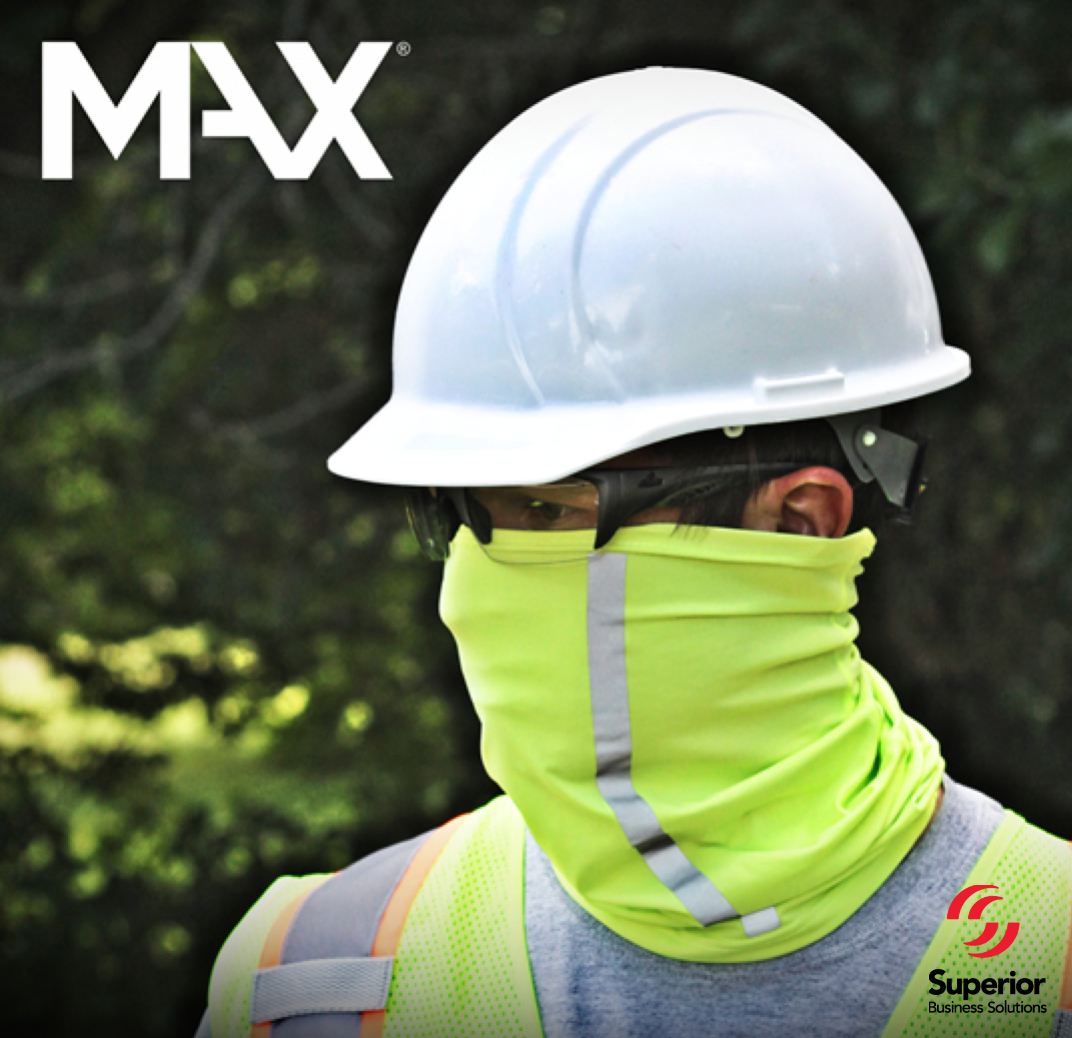
Integration with Safety Equipment
One might imagine that cooling gear would hinder or complicate the use of necessary safety equipment on construction sites. However, innovative design ensures compatibility:
-
Hard Hat Cooling: Some models incorporate vents or integrated cooling devices to ensure the head stays cool even under a hard hat.
-
Protective Clothing: Advances in fabric technology allow for cooling properties to be integrated into protective clothing, enhancing breathability and moisture-wicking capabilities.
Maximizing the Benefits
To get the most out of cooling gear:
-
Education and Training: Workers must be trained on the proper use, care, and storage of their cooling equipment to ensure its longevity and maximum effectiveness.
-
Regular Maintenance: Frequent checks are needed to replace worn cooling elements, ensuring the gear functions as designed.
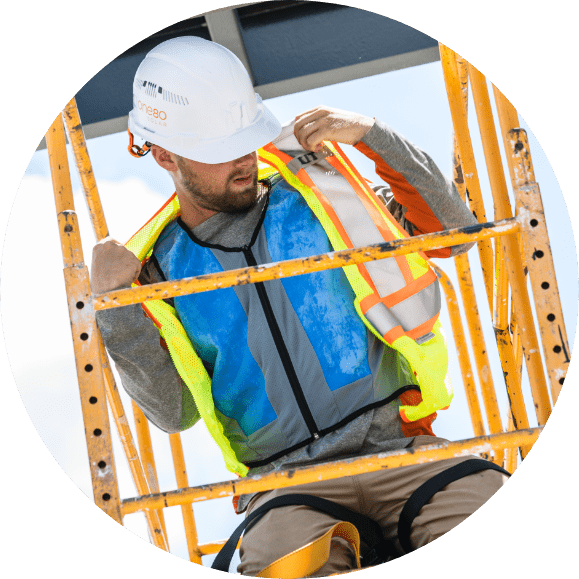
-
Rest Periods: Combining cooling gear with well-timed breaks in shaded or air-conditioned areas can significantly boost recovery and productivity.
By embracing these practices, employers can ensure that their investment in cooling gear is not only effective but also contributes to a culture of safety and well-being on the construction site.
Cost vs. Benefit
The initial cost of outfitting workers with cooling gear might seem steep. However, when compared with the potential costs associated with heat-related illnesses, lost productivity, or project delays, the benefits far outweigh the expenses.
In essence, providing cooling gear for construction workers isn’t just an act of goodwill; it’s a strategic business decision. It leads to a healthier, more efficient workforce, minimizes workplace injuries, and ultimately ensures projects are completed on time and within budget. It also fosters a positive work environment, encouraging retention and a reputation for employee care, which is invaluable in today’s competitive job market.
Investing in the right equipment illustrates a commitment to the health and safety of the workforce, while also providing tangible returns in productivity and cost savings. Cooling gear, when chosen wisely and used correctly, is not just a tool but a critical component of modern construction strategy.
